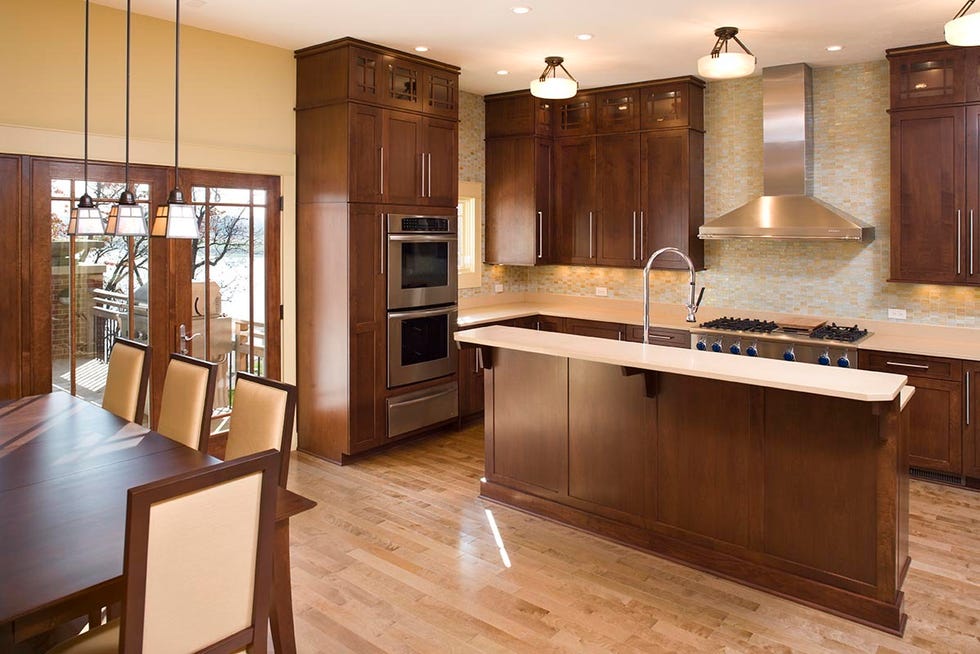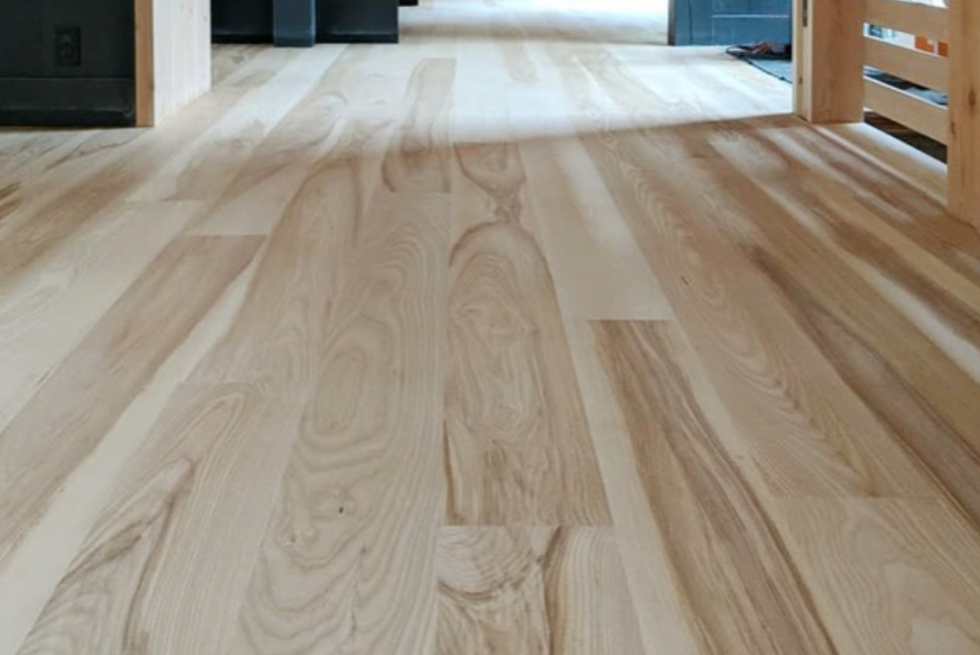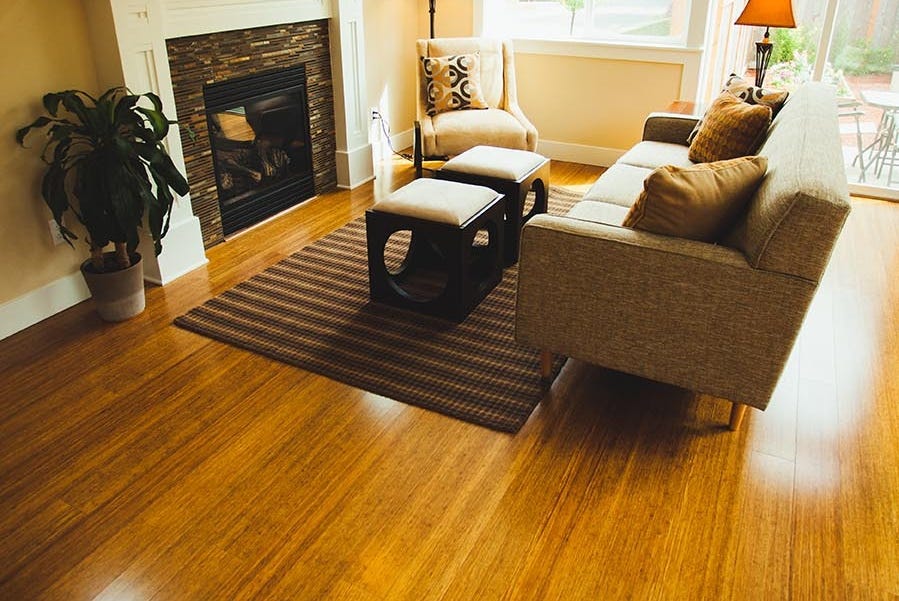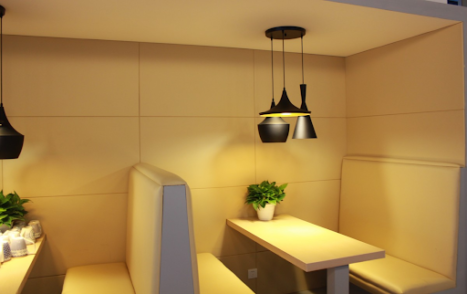5 Best Hardwood Flooring Options for Your Home
Every time you open a guide on flooring in your home, one of the options will be a hardwood floor. Here, you will learn that hardwood floors last for decades, have an ageless quality, and have easy maintenance, but it’s also an expensive option prone to scratch damage.
The problem with these pros and cons is that (although technically correct) they’re usually not specific to the type of hardwood floor used. You see, the hardwood floor is a generalized term. So, unless it’s specified precisely what kind of hardwood we’re talking about, you won’t learn too much.
With that in mind and without further ado, here are the top five best hardwood flooring options for your home.
- Oak

Oak is durable and long-lasting. Some even claim that oak gets better with time. It would be rather easy to find a historic home with an oak floor that is 200+ years old. While it’s scratch-resistant, restoration is possible even if damaged. After sanding the damage and applying a finish, the floor will look new.
Visually, the oak floor is one of the best options in the market. Its vibrant grain patterns and naturally darker shade perfectly fit various rooms. With a suitable coating, it can become moisture-resistant, making it a perfect option even for a kitchen.
In terms of visuals, you have many choices. For instance, white oak vs. red oak will make a massive difference in your interior design, but they’re not the same in other aspects. For example, white oak is slightly sturdier. This means that its impact and scratch resistance are higher. Still, while this is technically true, the difference is not so substantial that you can see it in practice.
2. Maple

Maple floors are naturally lighter and have a cleaner-looking surface. For these two reasons, they are more common in contemporary interior design. Still, since maple blends well with the existing woodwork, it can also be a great fit for different styles.
The difference in color and physical properties also comes from where the wood was harvested. For instance, the outer wood or trunk is lighter (creamier), while the heartwood (harvested from the center of the wood) tends to be darker. Remember that, in modern flooring production, and there’s far more than just harvesting. UV color technology and industrial staining also need to be taken into consideration.
In terms of natural properties, one could argue that it’s harder than oak. This makes it more damage resistant. However, because it’s harder, it’s not as stable. Temperature changes may impact it more than they would oak, which is also why oak is believed to be more long-lasting.
3. Wallnut

There are two types of walnut flooring, American and Brazilian. While they have slightly different textures, both are resilient to moisture and can be re-sanded repeatedly. The difference is that Brazilian walnut tends to be resistant to insects and mold.
Walnut floors are warm and stable. The latter is important because it makes it viable for floor radiant heating. If you add an area rug to the mix, the effect will be even better. This is also great because of the traffic (which we’ll mention later).
The color and texture are both an advantage and disadvantages. Now, the color is natural, which means that dents and scratches won’t show as easily. The problem is that it’s one of the darker flooring options. This is why traffic marks will be quite transparent. Lastly, a darker hue can make the room look smaller. This is great if you’re aiming for coziness but not as good if you want to make it appear spacious.
4. Cherry

You can’t go wrong with a cherry if you’re looking for a rich pink hardwood tone. The best thing about cherry flooring is that this pinkish tone evolves into rich red over the years and further depends on the lighting within your home. In other words, it’s one of the best ways to make your home’s interior look unique and lavish.
A well-made cherry floor is supposed to be resistant to termites and stains. It also has good bending properties, which makes it stable and flexible. Nonetheless, it’s not as hard as oak or maple. This means that it will dent and scratch more easily. So, you’ll have to be more careful around it and even be more cautious when choosing your furniture.
One of the downsides is the cost. While not too expensive, it’s more costly than standard wood types like oak or maple. Sure, it’s a one-time investment that will increase the value of your property. Still, you need to consider whether it’s worth it.
5. Pine
Before we start, it’s important to make one thing clear. When we categorize pine as hardwood, we refer to the Southern Yellow Pine. This is the hardwood equivalent of pine, otherwise considered a softwood. This doesn’t mean it can’t handle nails or is likely to split.
To make the long story short, it’s the best way to enhance your home with a hardwood floor on a budget. Sure, it’s not as lavish as cherry or hard as oak, but it gives you a great cost-to-value ratio, which is all that matters for some people.
It looks great, it’s not as expensive, and it’s great for low- or moderate-traffic areas. Its low cost and simple maintenance make it incredible for commercial properties. This is because various finishing options add to the space’s customizability. It is sensitive to moisture, and the coating needs to be applied semi-regularly (ideally every five years). However, if you do so, it will keep its shine for a prolonged period.
Wrap Up
If there’s one thing you should take away from all this, it’s that hardwood is an umbrella term. Before you decide to design or budget your flooring, you need to know precisely what you’re getting. Even within a hardwood type, you usually have sub-types to keep an eye out for. For instance, white and red oak and Brazilian or American walnut may make a difference in your plans. Remember, you’re not replacing your floor daily, so do your homework beforehand.


